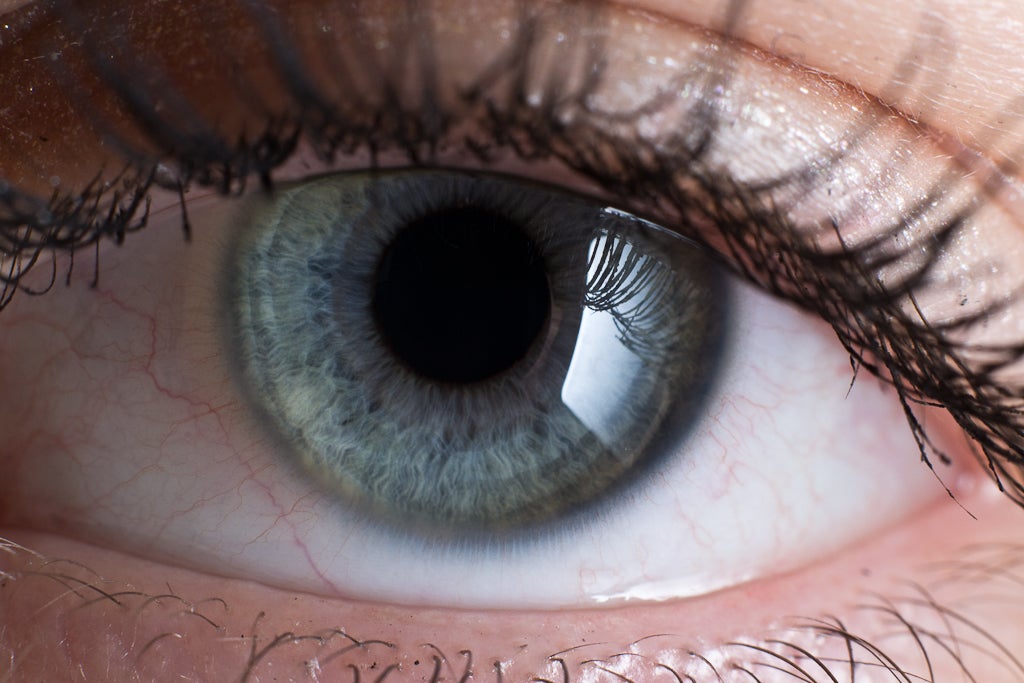A flexible lens that's inserted in your eye could cure your vision problems forever
The Kamra Inlay works like a pinhole camera to focus the eye's vision and is inserted in the eye in a procedure that takes just fifteen minutes

Your support helps us to tell the story
From reproductive rights to climate change to Big Tech, The Independent is on the ground when the story is developing. Whether it's investigating the financials of Elon Musk's pro-Trump PAC or producing our latest documentary, 'The A Word', which shines a light on the American women fighting for reproductive rights, we know how important it is to parse out the facts from the messaging.
At such a critical moment in US history, we need reporters on the ground. Your donation allows us to keep sending journalists to speak to both sides of the story.
The Independent is trusted by Americans across the entire political spectrum. And unlike many other quality news outlets, we choose not to lock Americans out of our reporting and analysis with paywalls. We believe quality journalism should be available to everyone, paid for by those who can afford it.
Your support makes all the difference.A flexible lens that’s surgically implanted in the eye could replace glasses for millions of individuals who find reading at short distances problematic.
The Kamra Inlay - which has previously only been available as an experimental procedure - is currently available privately in the UK as a fifteen-minute surgery that costs £5,000 for both eyes.
The device is actually a thin disc with a tiny opening in its centre that works like a pinhole camera, blocking the amount of peripheral light that enters the eye and so focusing the wearer’s vision.
A study into the implant’s effectiveness found that 83 per cent of patients aged 40 to 60 were able to read a newspaper without glasses after undergoing the necessary surgery, and were able to read an average of three more lines on a reading chart.
The inlay is inserted into the patient’s eye by slicing opening the cornea – the transparent front of the eye – with a laser. Similar, rival products including the Raindrop implant, are currently undergoing medical trials before they become widely available.
“Corneal inlays represent a great opportunity to improve vision with a safety net of removability,” said Dr John Vukich, a professor in ophthalmology and vision sciences at the University of Wisconsin and a lead author on the study.
“This is a solution that truly delivers near vision that transitions smoothly to far distance vision,” said Dr Vukich, adding that the procedure would eliminate the need for multiple pairs of glasses for reading, driving and other activities.
In Britain some 23 million people suffer from presbyopia – the hardening of the eye’s lens that comes naturally with age and reduces the ability to focus on close objects.
Join our commenting forum
Join thought-provoking conversations, follow other Independent readers and see their replies
Comments